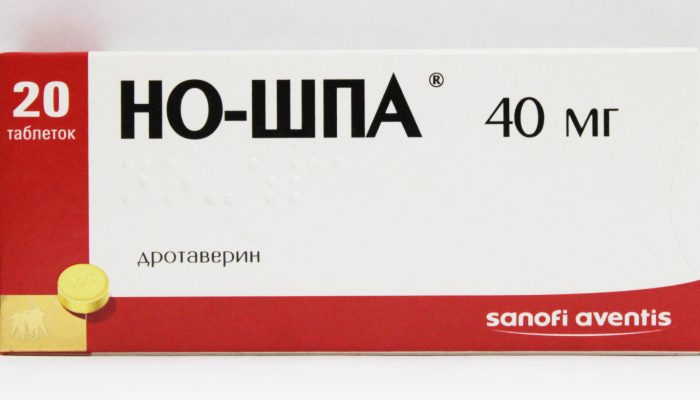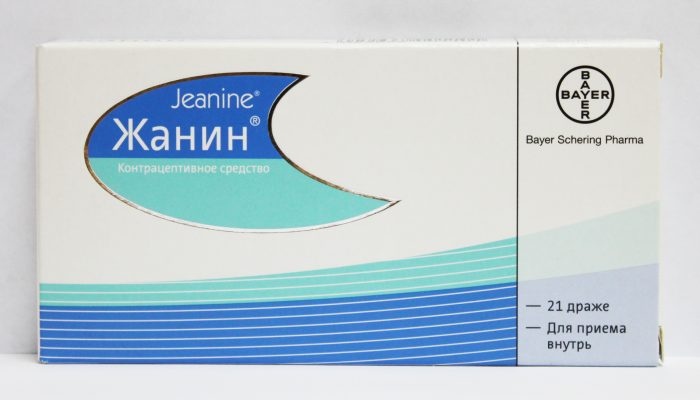A gynecological disease such as endometriosis still remains mysterious even for experienced doctors. The problem is not the difficulty of diagnosing and treating this disease - the most modern and effective methods have now been developed. It is precisely the mechanisms that initially lead to the development of pathological manifestations that remain a mystery. Therefore, there are practically no preventive measures that can stop the disease even before the stage of clinical manifestations.
Symptoms
In addition to complex and multicomponent mechanisms, endometriosis is also characterized by a variety of symptoms. The disease is based on the pathological movement of endometrial tissue - the inner layer of the uterus - beyond its normal location. Moreover, its cells take root well in a new place, beginning to perform their function there too, subject to the flow of the menstrual cycle. Most often, adenomyosis is observed - diffuse or focal damage to the muscular layer of the uterus.
Since the course of the disease is characterized by clinical diversity, its manifestations may not always greatly disturb a woman. With a small focus of adenomyosis, the nature and course of menstruation may only change slightly, not to mention the change in general condition. But with diffuse damage to the uterine wall, the symptoms are so pronounced that only in rare cases will a woman not seek help from a gynecologist.
The pathology is based on the movement of endometrial tissue, the function of which normally depends on the influence of sex hormones. Therefore, all manifestations of the disease will depend on the phase of the menstrual cycle:
- The onset of the disease occurs at a young age - usually between 20 and 30 years.
- The clinical picture develops gradually, and the staged development of the main manifestations is characteristic.
- The leading symptom is always a change in menstruation - in mild cases there is only an extension of menstruation to 7 days, as well as an increase in the amount of bleeding.
- If there are many pathological foci in the wall of the uterus, then dark and spotting menstrual blood appears on the underwear from 2 to 5 days before the start of menstruation. Such discharge often persists even after the end of normal menstruation.
- In diffuse forms, massive intermenstrual bleeding from the genital tract is sometimes observed.
- Pain syndrome is observed in any form of the disease - and its intensity does not always depend on the volume of the lesion. There are nagging, cramping pains in the lower abdomen, especially pronounced during the first days of menstruation.
With a long course of the disease, women always develop iron deficiency anemia, accompanied by characteristic symptoms - weakness, shortness of breath, pallor, changes in hair and nails.
Treatment
But is endometriosis curable? Currently, methods of assistance for this disease are varied - depending on the severity of the manifestations and the prevalence of the process, an individual approach to the patient is chosen. Women of reproductive age are mainly prescribed conservative treatment or its combination with one of the minor surgical methods. And closer to menopause (especially against the backdrop of disease progression), radical surgical interventions are already carried out.
Before moving on to describing the individual stages of assistance, we should consider the typical questions of women. Most of them are related to the possibility of using alternative treatment methods:
- Is it possible to treat uterine endometriosis at home? The use of self-medication for this disease is unacceptable - any traditional and “proven” methods will be useless. Only surgery or long-term drug therapy will help get rid of the symptoms.
- Is it possible to cure uterine endometriosis completely and permanently? Even with the use of modern methods of care, a high percentage of relapses of the disease still remains. In reproductive age, it reaches 70% in the long term.
- How to cure endometriosis without the use of hormonal drugs? The fact is that these drugs directly affect the mechanisms of the disease. Although they have a lot of side effects, without their use it is impossible to expect a positive treatment outcome.
- How does endometriosis affect pregnancy? Surprisingly, mild forms of the disease have virtually no effect on conceiving and bearing a child. This is due to the physiological increase in progesterone, the pregnancy hormone, which leads to reversible atrophy of pathological foci.
- Why does treatment for endometriosis take about a year, although the symptoms disappear after a few weeks? A long course of therapy allows you to block the mechanisms of the disease, causing gradual destruction of displaced areas of the endometrium.
Currently, the tactics of assistance have changed - combined methods (a combination of minor surgery with subsequent drug support) have gained advantage.
Symptomatic therapy

Hormonal drugs do not begin to act instantly, and a woman needs quick and reliable correction of existing symptoms. Therefore, for this period, she is prescribed medications that can completely or partially eliminate unpleasant manifestations:
- To reduce pain, a group of non-steroidal anti-inflammatory drugs is used. Women are recommended to take a standard dose of Nimesulide, Ketoprofen, Ketorolac, and rarely Paracetamol. The dosage and duration of use is determined only by the attending physician.
- Sometimes during menstruation, antispasmodics are additionally prescribed to reduce pain. A typical drug in this case is Drotaverine (or No-Shpa), used situationally in the form of tablets.
- If clinical and laboratory signs of anemia are detected, medications containing elemental iron are used - Sorbifer, Maltofer, Ferrum-Lek. They are taken not until the level of hemoglobin in the blood is normalized, but until the depot of this element in the body is restored (at least 3 months).
The listed remedies are only auxiliary in the treatment of the disease - their isolated use will never lead to a complete cure.
hormone therapy

The basis of this method is to interrupt the processes that naturally feed the disease. Pathological foci, like normal endometrium, respond to changing phases of the menstrual cycle. Therefore, the goal of hormonal therapy is their artificial inhibition, as well as the maximum reduction in the level of estrogen in the blood.
Although there are currently several groups of drugs used for these purposes, it is difficult to single out the most effective drug among them. Therefore, their appointment is made on the basis of certain accompanying factors:
- Progestogens - natural and synthetic analogues of progesterone - have many obvious advantages. Therapy with them is always effective, effectively eliminates pain, does not require constant medication, and is also well tolerated by women. But treatment with them is long-term - often up to 12 months, and is also accompanied by some side effects (weight gain, swelling, tension in the mammary glands).
- Combined estrogen-gestagen drugs - Femoden, Regulon, Novinet, Lindinet, Zhanine - are the drug of choice for a combination of severe pain and heavy, prolonged menstruation. Nowadays, low-dose medications are mainly prescribed in a continuous mode for up to 9 months.
- GnRH agonists - Buserelin or Triptorelin - provide central blockade of the menstrual cycle at the level of the brain. Their use is characterized by high efficiency, low relapse rate, and complete elimination of symptoms. But their use in women at a young age is not recommended.
- Antigestagens - Gestrinone and Mifepristone - are now only in the stage of limited use. Although they provide the desired effect for a short time (no more than 4 months), in return patients receive many adverse reactions. Therefore, they are so far used only in small doses as part of complex therapy.
The problem is that hormonal treatment does not always eliminate the pathological focus - so now it is increasingly becoming only the second stage of help.
Surgical intervention

How to treat uterine endometriosis without depriving a woman of reproductive function? Thanks to the advent of minimally invasive technologies, the volume of operations used for this disease has been significantly reduced. But the changes affected only limited variants of the pathology - diffuse damage to the uterine wall cannot be eliminated through gentle manipulations.
Currently, all interventions carried out to eliminate foci of endometriosis are divided into two groups. This was done according to the principle and technology of their implementation:
- The first group includes endoscopic operations - manipulations during them are carried out using a flexible probe (hysteroscope) inserted through the cervical canal of the cervix. The destruction of the pathological focus - ablation - is carried out using low or high temperature (liquid nitrogen, laser or coagulator).
- The second group includes classical interventions, which involve radical removal of the affected organ. The operation of choice is usually hysterectomy without appendages. All manipulations are performed as carefully as possible so as not to cause areas of the altered endometrium to enter the abdominal cavity.
Endoscopic operations are the method of choice for focal forms of the disease, when limited destruction of a section of the inner lining of the uterus is possible. If the disease is diffuse in nature, then if hormonal therapy is ineffective, extirpation remains the only treatment option.
Forecast
The outcome of endometriosis depends on many factors - correction of the cause, correctness and adequacy of therapy, complexity of treatment and other points. But the most important point in determining the prognosis is the woman’s age. The frequency of relapses, determined through long-term observations, directly depends on it:
- Young girls, even with complex treatment, often experience re-development of symptoms. This is apparently due to the persistence of elevated levels of estrogen, which provokes a relapse. Repeated treatment before the age of 45 years is observed in an average of 40% of patients.
- The prognosis is much better for women whose treatment was carried out relatively close to the onset of menopause. Even with isolated hormonal therapy, they have a good tendency to spontaneous recovery. This is due to an age-related decrease in estrogen levels, which interrupts the pathological mechanisms of the disease.
A separate group includes women of any age who have undergone radical surgery - extirpation or amputation of the uterus. In them, provided there are no foci of endometriosis in other organs, the likelihood of both early and distant relapse of the disease is completely excluded.
